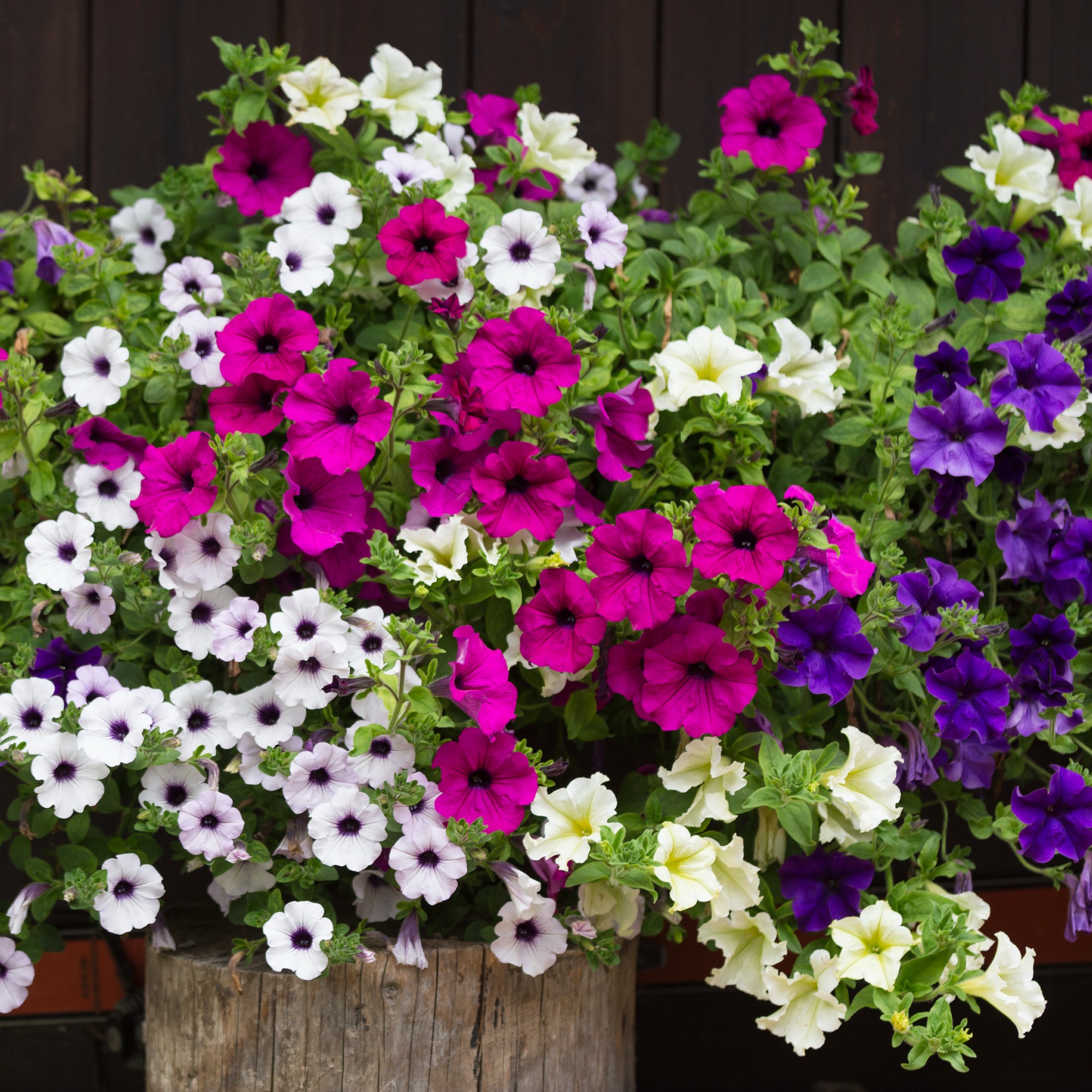
Do you need to water plants in winter? And, if so how much do they need? Just because summer is fading doesn't mean your garden's hydration needs should be forgotten.
As days get shorter and darker, your garden can continue to thrive with a little care and attention. When considering things you should be doing to look after your garden in winter, one area of confusion is often, do you need to water plants in winter?
Knowing how often to water your garden in hot weather is perhaps more obvious than during colder months. So, we thought we'd ask the experts for their verdict on plant water consumption during winter, be it outdoors, plants in containers and not forgetting beloved houseplants.
Do you need to water plants in winter?
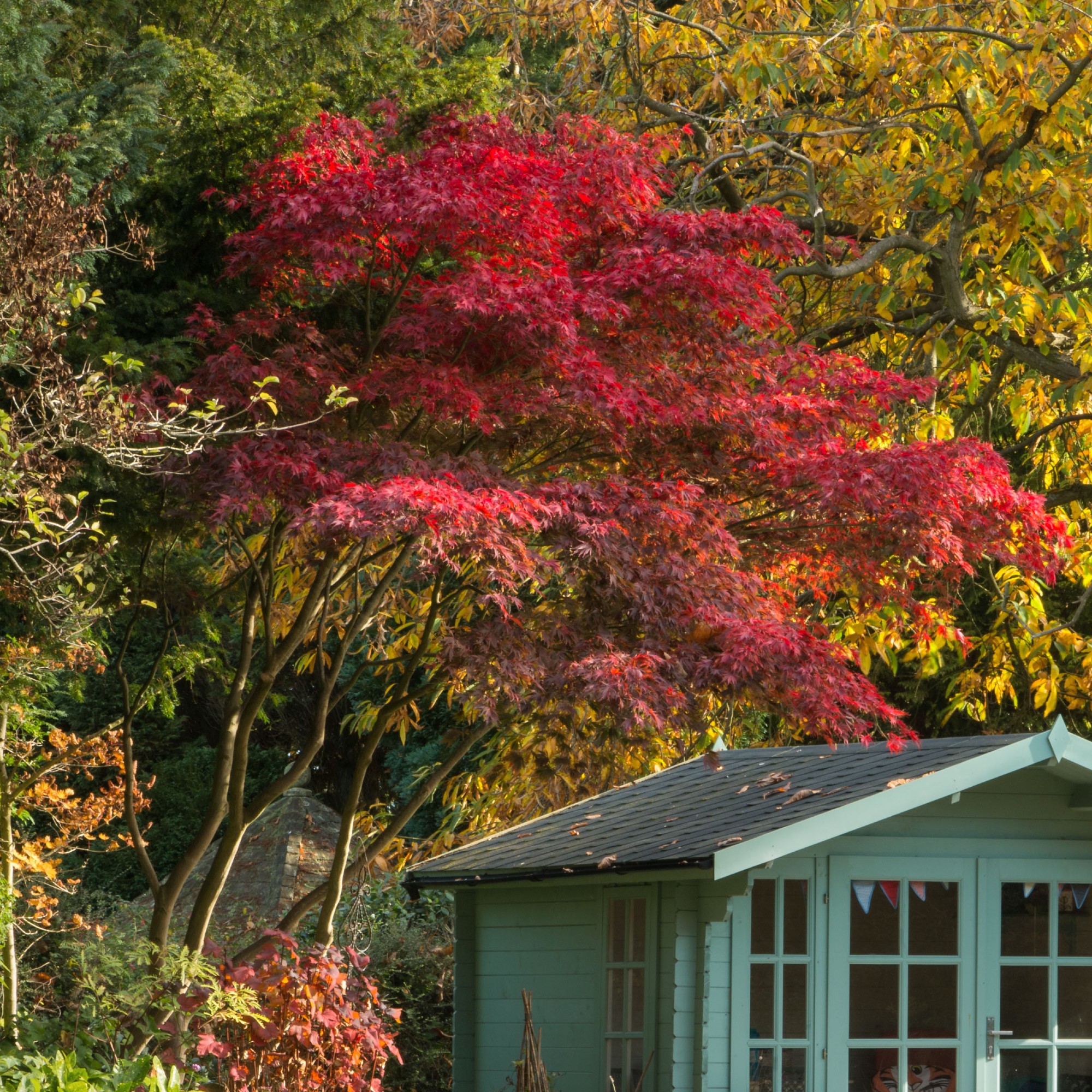
Whatever the season water gardening mistakes are easily made. So, we can happily confirm that experts unanimously agree, when we asked them the question, 'Do you need to water plants in winter?' - the answer is yes.
'Plants still require water in winter, even deciduous varieties that lose their leaves.' says Anthony Haigh, plant manager at Almondsbury Garden Centre.
'Whilst your plants will certainly need watering less than other times of the year, they still need water in winter nonetheless', agrees James Ewens, commercial director of Green Feathers.
However, it's not quite that cut and dry. Changing conditions and temperatures will impact how much and how often plants should be watered.
'Keeping your plants hydrated through winter ensures they’ll produce healthy blooms. However, winter watering should be approached with care,' continues Anthony.
We've broken down the main hydration principles gardening experts advise to consider when watering plants in winter.
What you'll need
Periodically checking soil moisture levels is an easy way to tell how much water is actually getting to your plants.
Pot feet will help with drainage in pots, stopping roots from sitting in soggy compost over winter.
Horticultural fleece will help keep your soil insulated, and therefore your plants happier over the colder months.
1. Water sparingly
Plants need water in winter, but the frequency and amount will depend on the type, conditions, and climate.
Outdoor plants need less water in the winter, especially if dormant.
'Watering as little as 3-4 times a month should be the right amount, but this can depend on if you’ve been experiencing dry winds, snow, or of course rainfall,' says James.
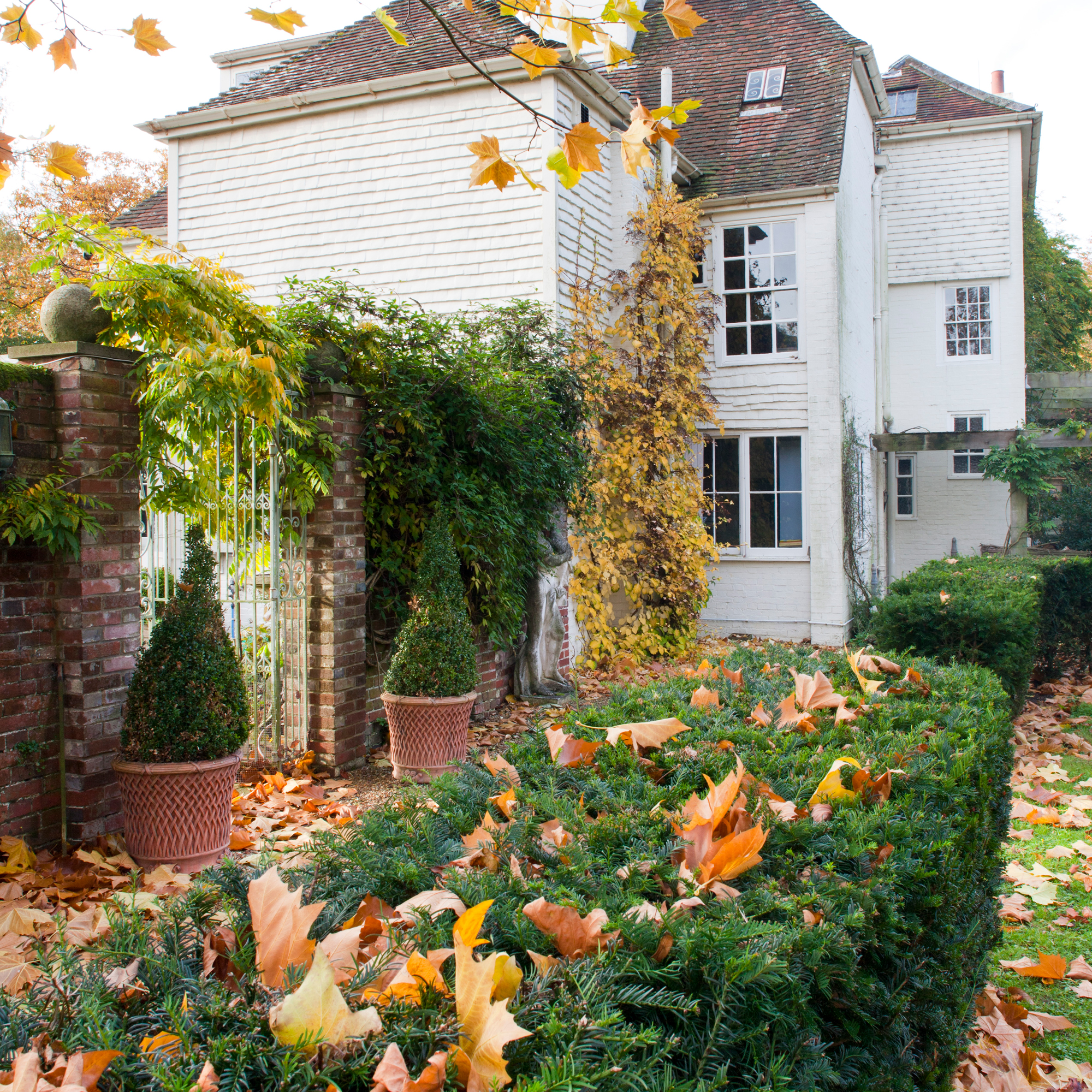
2. Check the soil
To gauge whether winter beds and containers need a top-up monitor garden soil moisture now and then.
'Check a few inches under the surface to see if it’s still slightly damp or feels too dry. If it is too dry, water deeply so the water stays in the soil,' advises James.
'Outdoor plants, especially evergreens, might still need water if the soil isn’t frozen, so check moisture levels periodically,' agrees Petar Ivanov, gardening and plant expert at Fantastic Gardeners.
'For dormant plants, like perennials, only water when necessary to prevent the roots from drying out completely. Too much water can cause root rot in cold temperatures.'
3. Avoid soaking stems and leaves
When given a soaking during cold weather, leaves and stems are unlikely to dry out and could then rot or leave themselves vulnerable to disease and infection. Stick to soaking soil around roots only.
'Though it’s important to keep the amount of water on the leaves and stems of your plants to a minimum,' cautions James.
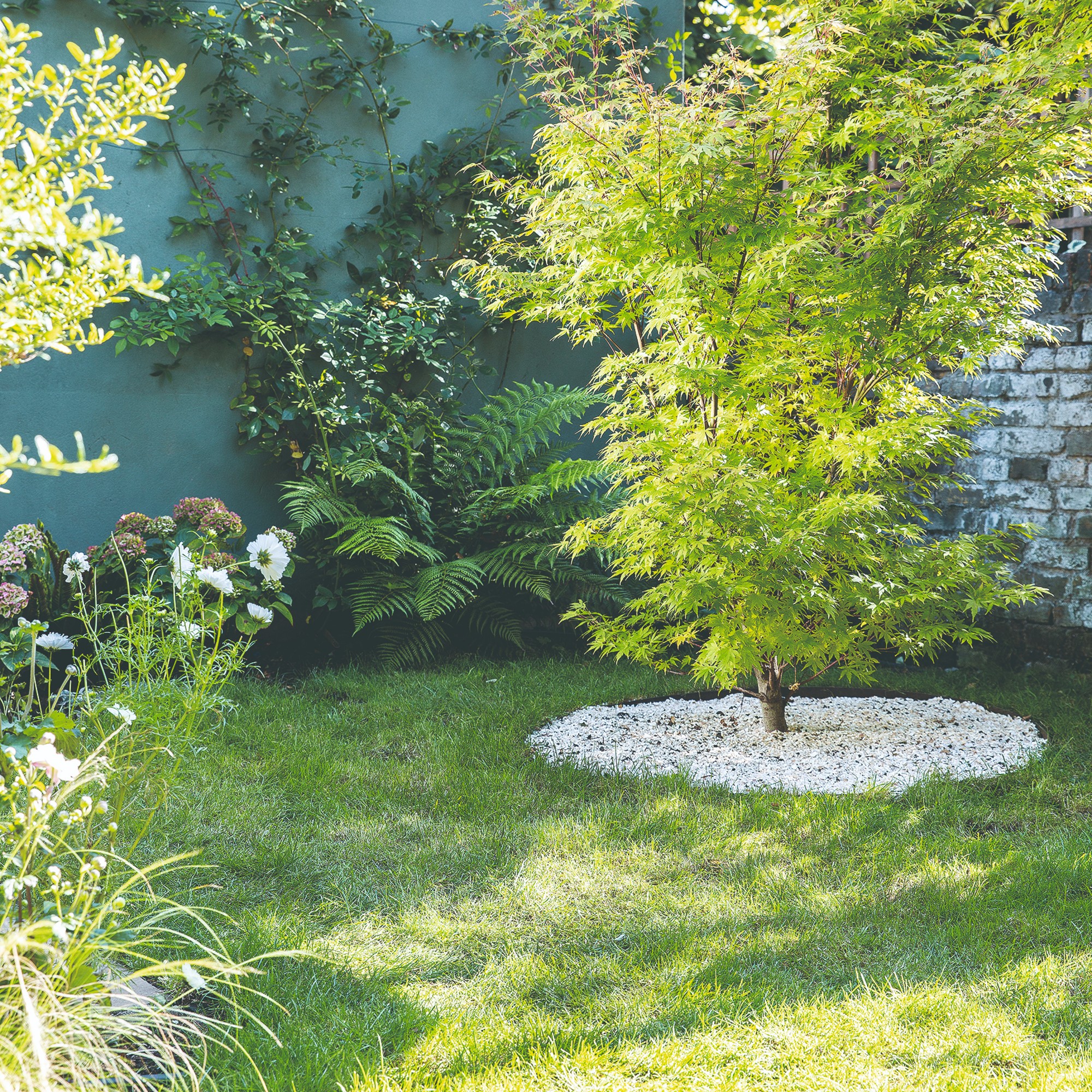
4. Water plants in the morning during winter
Knowing when to water plants during winter is vital. Mornings are best when the the ground has had a chance to warm up slightly from nighttime temperature drops.
'You’ll also want to make sure that when you water your plants, you’re doing it early in the morning and letting the water soak into the soil before the freezing evenings kick in,' says James.
'The water also helps to keep the soil insulated, protecting your plants from the cold ideally in conjunction with warming fleeces.'
'For outdoor plants, don't water when the ground is frozen. Water them occasionally, especially during dry, frost-free weather,' adds Jane Dobbs, gardening team lead at Allan's Gardeners.
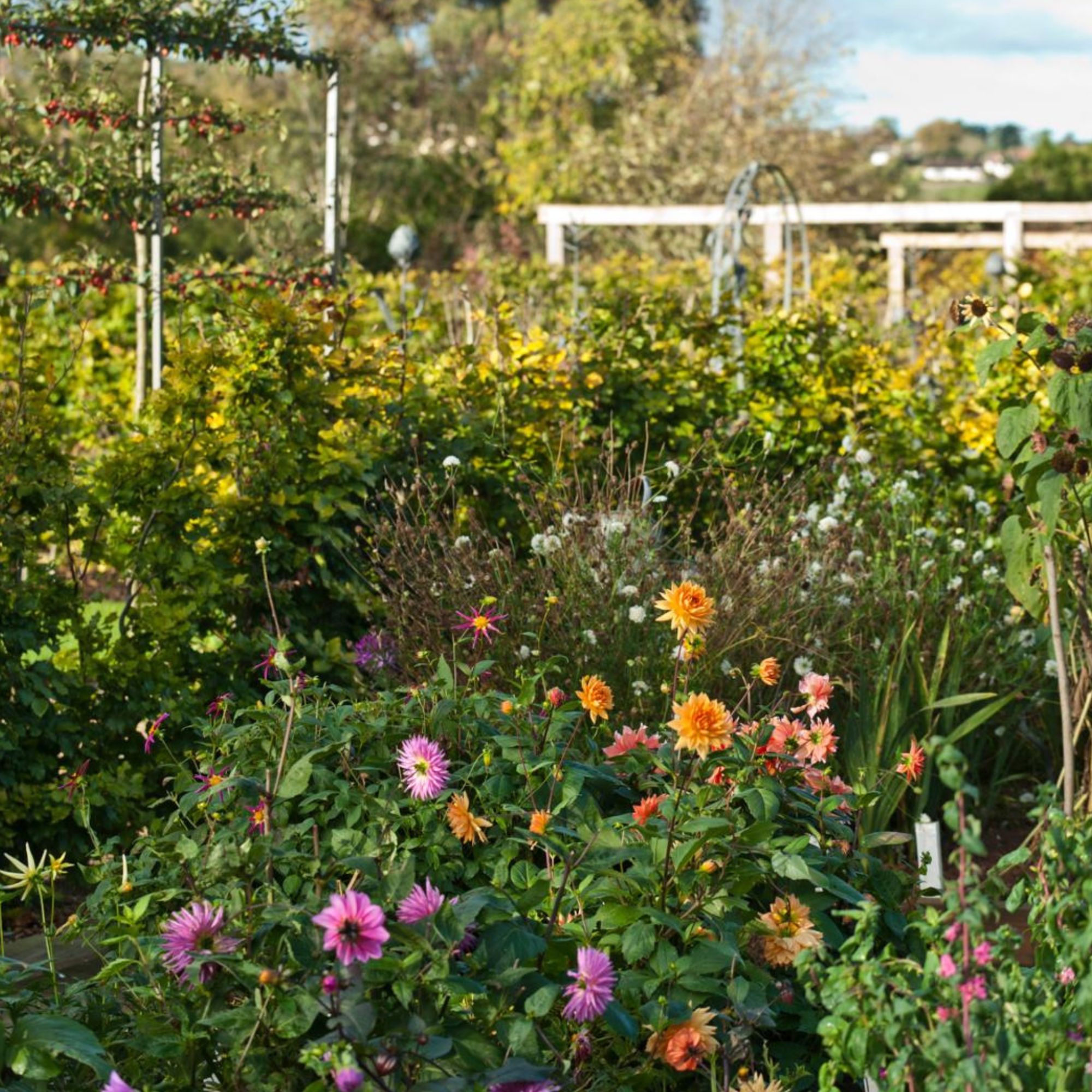
5. Pay special attention to pots and containers
Have you ever asked the question do you need to water plants in containers when it rains? Then you will be pleased to know that not only is the answer affirmative, but it is a ritual that needs continuing all through the year.
However, as autumn and winter see the most rainfall, don't make a common container gardening mistake. Good container drainage is vital.
'Drainage is crucial for autumn (and winter) container gardening,' explains Julian Palphramand, Head of Plants at British Garden Centres. 'As the weather cools and rainfall increases, it's essential to ensure your containers have adequate drainage to prevent root rot.'
'Although watering needs to reduce as the weather turns wetter, it’s crucial to make sure pots and containers have proper drainage to avoid water-logging,' agrees Anthony.
'Choose containers with drainage holes and elevate them off the ground using pot feet or bricks. This allows excess water to flow freely, preventing the roots from sitting in soggy compost throughout autumn and winter,' advises Julian.
6. Embrace snow
It's true, most children (and some grown-ups) dream of crisp white winters, but should gardeners too? If you are concerned about whether snow will kill your garden plants, there is no need to be.
'Don’t worry if it snows either - if it covers the soil, it acts as a warming layer, all while keeping the soil moist as it melts,' says James.
Lastly, we can't leave house plants out of the winter plant watering debate.
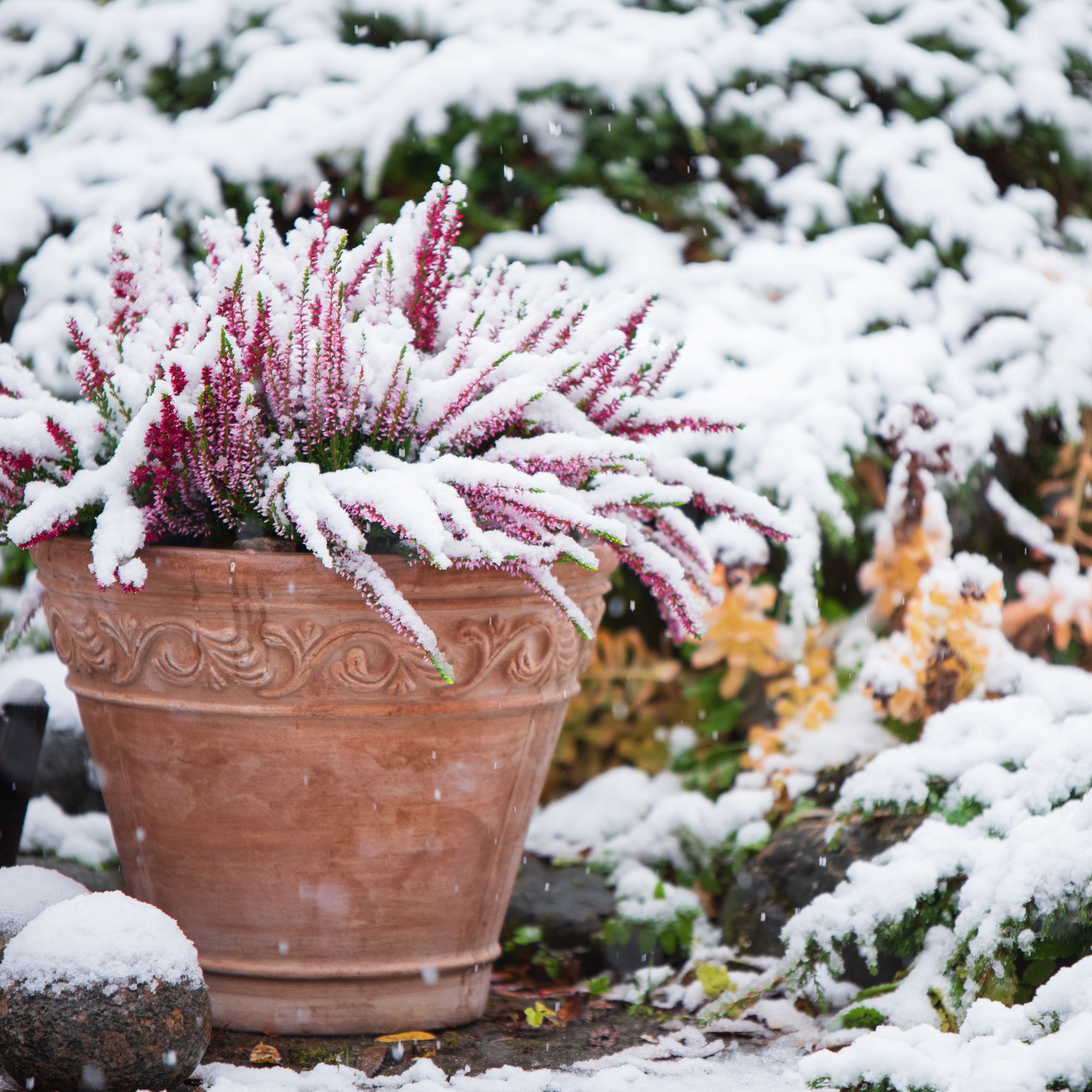
FAQs
Do house plants need watering in winter?
Lastly, we can't leave house plants out of the winter plant watering debate.
Even though house plants are tucked up in doors with us, their needs slightly differ during winter months.
'Plants indoors typically need less water during the winter because lights are reduced and temperatures are cooler. Indoor plants need room-temperature water to avoid shock', explains Jane from Allan's Gardeners.







